Description
What is Omni Dipole Wi-Fi Antenna 2.4 GHz PCB Trace Antenna?
The built-in PCB antenna is an Omni Dipole Wi-Fi Antenna 2.4 GHz PCB Trace Antenna CTRF-ANTENNA-PCB-2450-4709-IPEX antenna that comes with a 47×8.6mm PCB size U.FL/Ipex connector antenna 2.4 GHz wifi antenna manufactured by C&T RF Antennas Inc.
Omni Dipole Wi-Fi Antenna 2.4 GHz PCB Trace Antenna Features:
Applications: 2.4G, wifi, wireless, Bluetooth, Zigbee
Small Size
Stable signal
Embedded
Omnidirectional
Dipole
The connector can be changed.
The cable length can be changed.
C&T RF Antennas Inc supplies the Antenne Wifi 2.4 GHz PCB Trace Antenna and other frequencies and styles such as 2G GPRS, 3G GSM, 4G LTE indoor-outdoor antennas.
C&T RF Antennas Inc provides RF antennas with other antenna radio frequencies such as 169MHz, 230MHz, 315MHz, 433MHz, 868MHz, 915MHz, Lora, NFC, VHF&UHF, NB-IoT, ADS-B, GSM, Wifi 2.4GHz, 5.8GHz, 2G 3G 4G LTE, GPS, GNSS, 5G NR, UWB, etc.
C&T RF Antennas Inc. provides indoor–outdoor Wi-Fi antennas with many antenna types such as Dipole Antennas, Whip Antennas, Marine Antennas, Router Antennas, MIMO Antennas, Combo Antennas, PCB Antennas, FPC Antennas, Spring Antennas, Sector Antennas, Yagi Antennas, etc., for IoT & M2M industries.
The Omni Dipole Wi-Fi Antenna 2.4 GHz PCB Trace Antenna Is Available At C&T RF Antennas Inc, Contact Us For More Info Of The 2.4 GHz PCB Trace Antenna such as the 2.4 GHz PCB Trace Antenna datasheet, 2.4 GHz PCB Trace Antenna pricing, 2.4 GHz PCB Trace Antenna inventory, etc.
Omni Dipole Wi-Fi Antenna 2.4 GHz PCB Trace Antenna Specifications
2.4 GHz PCB Trace Antenna Electrical Specifications |
|
| RF Antenna Type | Embedded PCB Antenna |
| Model | CTRF-ANTENNA-PCB-2450-4709-IPEX |
| Frequency | 2400-2500 MHz |
| Gain | 5dBi |
| VSWR | ≤2.0 |
| Impedance | 50 Ω |
| Polarization | Vertical Polarization |
| Cable Type | RG1.13 |
| Connector | U.FL/IPEX |
| Cable Length | 100mm |
| Lightning Protection | DC-Ground |
2.4 GHz PCB Trace Antenna Mechanical Specifications |
|
| PCB Board Dimension | 47*8.6mm |
| Weight | Approx. 5g |
| Material | PCB |
| Operation Temperature | -40˚C ~ +85˚C |
| Storage Temperature | -40˚C ~ +80˚C |
| Color | Green |
| Antenna Design | Dipole Array |
| Mounting | Connector |
| Safety Emission and other | RoHS Compliant |
| Applications | ISM/SCADA/Utilities, IoT/M2M, WLAN/Wi-Fi/Bluetooth/Zigbee/Sigfox, etc |

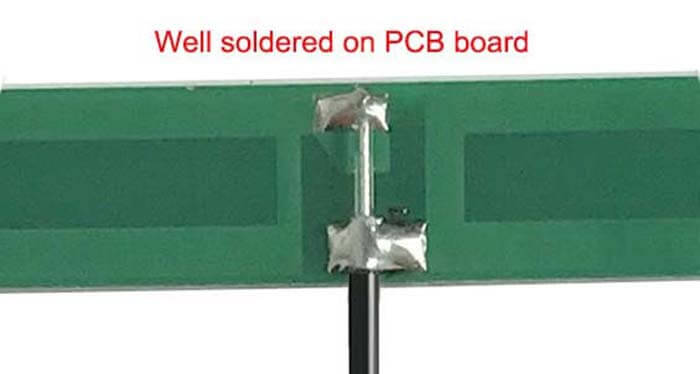
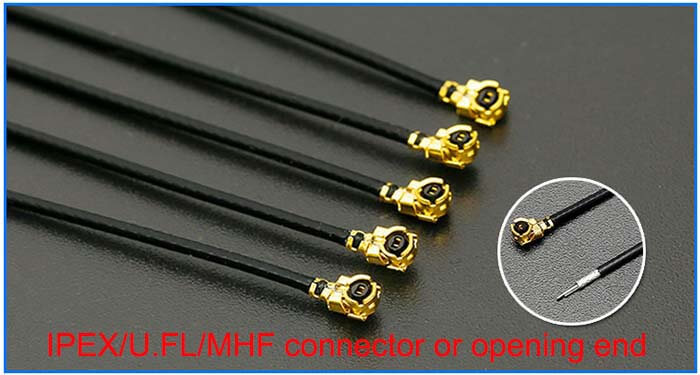
2.4 GHz PCB Trace Antenna Applications
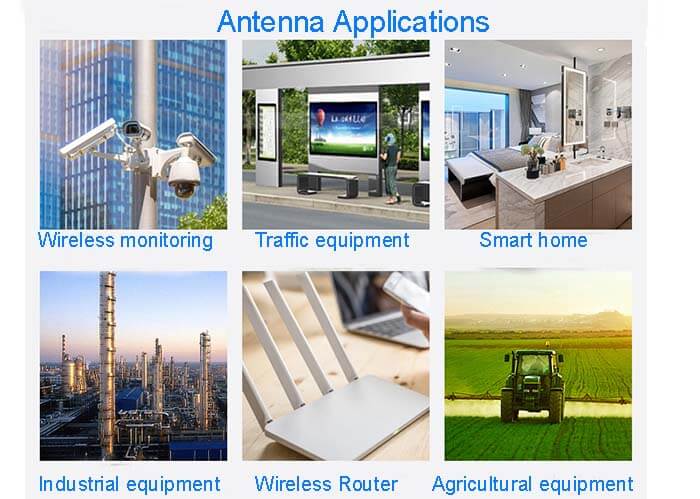
The advantages and disadvantages of 2.4G and 5G WiFi
After performing the relevant settings and wireless network in the background of the wireless router, I used the mobile phone to connect to the wireless network, but found that there are 2 WiFi signal networks because this is a dual-band router!
One WiFi signal is the traditional 2.4G, and the other name will have a 5G logo behind it. Today, I will share the popular science of the difference between WiFi 2.4G and 5G.
Basic knowledge of wireless router
What does the Wi-Fi 5G network mean?
Traditional wireless routers only have a 2.4G band WIFI signal, while dual-band routers have a 2.4G band WiFi signal and a 5G band WiFi signal.
Since most wireless routers work in the 2.4G frequency band, the interference between signals is large, especially where there are many wireless WiFi devices, which easily affects the network speed.
Analysis of the advantages and disadvantages of 2.4G and 5G WiFi.
2.4GWiFi advantages
2.4G signal frequency is low, the attenuation is smaller when spreading in the air or obstacles, and the spreading distance is longer;
Disadvantages of 2.4G WiFi
At present, most devices use the 2.4G frequency band, where there are more users, and the interference is larger.
5GWiFi advantages
5G signal bandwidth is wider, the wireless environment is relatively clean, there is less interference, the network speed is stable, and it can support higher wireless rates.
Disadvantages of 5G WiFi
The 5G signal has a higher frequency, the attenuation is greater when it propagates in the air or obstacles, and the coverage distance is generally shorter than that of the 2.4G signal.
5G WiFi requires device (mobile phone, laptop, tablet) support
5GWiFi can only be supported by dual-band routers! In addition to the support of a wireless router, 5GWiFi needs to be supported by devices connected to the network.
In other words, old mobile phones, laptops, and tablets do not support 5G Wi-Fi networks. Even if you are a dual-band router, you can only search for 2.4GWiFi networks. However, in recent years, new smartphones, notebooks, and tablets can support dual-band WiFi and can search for 2.4G and 5G WiFi at the same time.
So for our users, which is better, a 2.4G or 5G WiFi connection?
WiFi signals are transmitted through radio waves. 2.4G and 5G are two different frequency bands, and WiFi signals are transmitted in such frequency bands.
The 5G frequency band has a higher frequency, carries more data, and currently has fewer applications and lower interference, so the effect is better, but the transmission distance is shorter.
If you have a large walking range, it is recommended to connect to ordinary 2.4G WiFi, mainly because the 5G band WiFi signal coverage has no advantage compared to 2.4G.
If you are near a dual-band router, it is undoubtedly recommended to use 5G WiFi, which is more stable in signal and faster in network speed. Generally speaking, 5G WiFi is preferred.


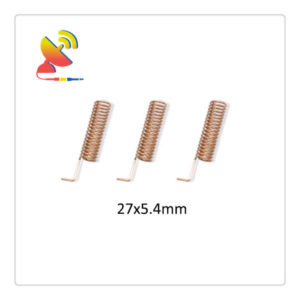
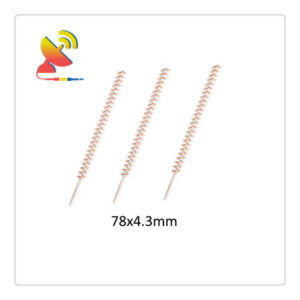
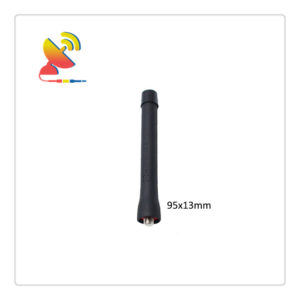
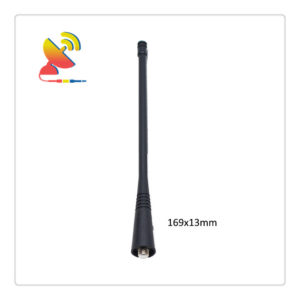
Reviews
There are no reviews yet.